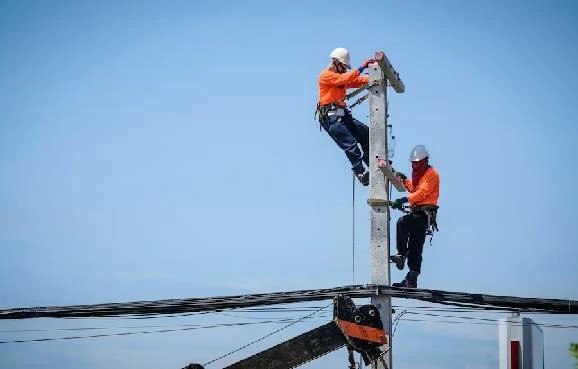


 349,500 Offered Certificates
349,500 Offered Certificates
 24/7 Online Training
24/7 Online Training
 Money Back Guarantee
Money Back Guarantee
 Fully Accredited Courses
Fully Accredited Courses

Created at: 22-02-2025 14:47
In today's fast-paced work environments, ensuring the safety of employees working at heights has never been more critical. As industries evolve, so too must the methods we use to prepare our workforce for the challenges they face. Enter Virtual Reality (VR)—a powerful tool that is revolutionizing Working at Heights training. In this blog post, we'll explore how VR enhances learning retention, provides hands-on experience, and reduces training costs, making it an essential component of modern safety training programs.
Traditional training methods for Working at Heights safety often involve lengthy classroom sessions and limited practical demonstrations. While these approaches have their merits, they fall short in engaging trainees and preparing them for the real-world scenarios they will face. VR technology addresses these shortcomings by offering immersive simulations that replicate high-risk environments.
One of the most significant benefits of VR in Working at Heights training is its ability to enhance learning retention. When learners engage in an immersive experience, they are more likely to remember the information they have encountered. VR allows trainees to:
Studies have shown that immersive learning leads to a deeper understanding of safety protocols, which is crucial when operating in hazardous situations. This retention of knowledge translates to increased safety on the job.
Practicing essential skills in a safe environment is vital for workers at heights. VR offers the unique advantage of allowing trainees to experience emergency scenarios without any physical dangers. Participants can:
This hands-on experience builds confidence and ensures that workers are better prepared to handle real-life emergencies when they arise.
Implementing a VR-based Working at Heights safety course can significantly reduce training costs over time. Traditional methods may involve renting spaces, physical equipment, and costly instructor fees. In contrast, VR training allows companies to:
By investing in VR technology, organizations can ensure their employees receive top-tier training without breaking the bank.
Numerous organizations have recognized the potential of VR for Working at Heights certification and have successfully integrated this technology into their training programs. For example:
These case studies illustrate how VR can transform safety training and positively impact an organization’s culture and bottom line.
For companies looking to integrate VR into their Working at Heights course, consider the following steps:
Embracing this innovative technology can ultimately lead to a safer, more competent workforce.
As the landscape of workplace safety continues to evolve, the adoption of Virtual Reality technology stands out as a game-changer for Working at Heights training. Through immersive learning experiences, trainees not only retain crucial safety information but also build the skills necessary to navigate hazardous situations effectively. Companies in Dublin, Cork, Galway, and beyond that prioritize VR training will likely reap the benefits of increased safety and reduced costs over time.
Are you ready to take your workplace safety training to the next level? Explore more about our Working at Heights course online options by visiting Ireland Safety Training or contact us directly at [email protected].